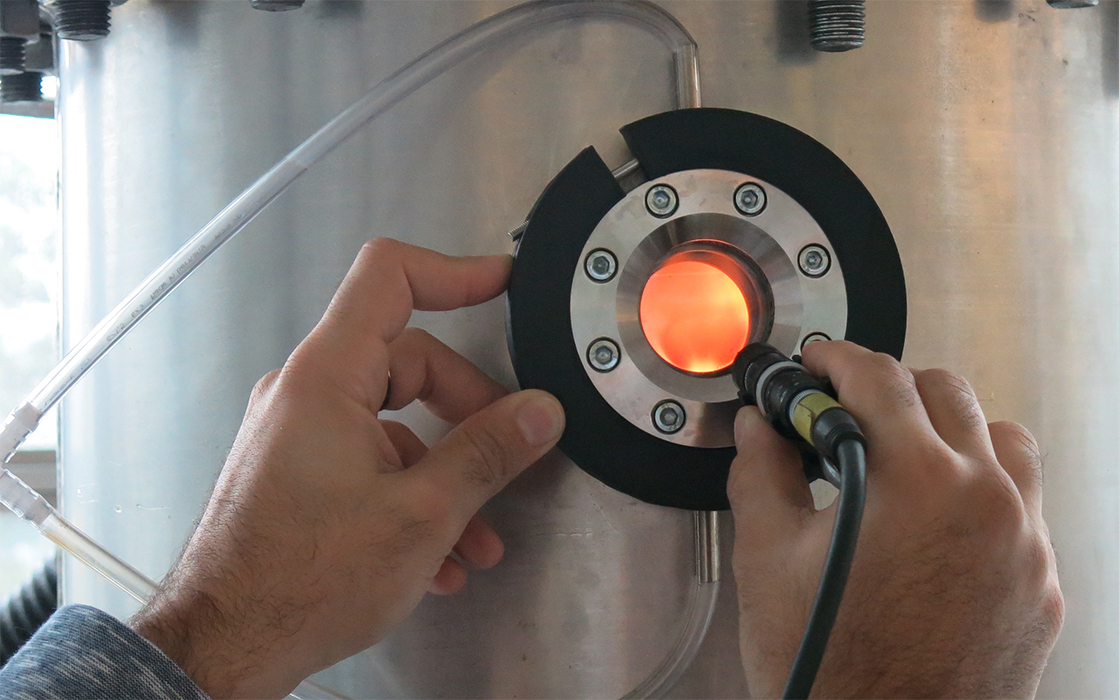Wood dust burner for asphalt mixing plants
The aim is for the wood dust burner to be an environmentally friendly alternative to the pulverised coal burners currently used in asphalt mixing plants.
Objectives
- Development of a test station with a thermal output of 400 kW
- Optimisation of the burner unit to comply with emission limit values
- Pilot operation with various wood and biomass dusts
- Definition of dust properties for commercial operations
Background
At present, the substrate in asphalt mixing plants is normally dried via the incineration of pulverised coal. To increase competitiveness and contribute to climate protection, the Ammann Group is working with the FHNW to develop a new procedure whereby environmentally friendly wood dust can be incinerated in place of fossil fuels. As wood dust is very different from pulverised coal with regard to its chemical composition and particle shape, it is necessary to develop an innovative burner unit that is specifically tailored to the requirements of the alternative combustible.
Result
With regard to combustion technology, the burner is designed using complex numerical simulations. The resulting designs are tested and continuously optimised at an in-house test station that contains both the combustion chamber and the complete infrastructure for conveying the wood dust.
The measures applied are evaluated by means of the flame pattern and by measuring the emissions. The main objective of the project is to create a burner unit that can incinerate the widest possible range of wood dusts in a clean manner.
Project information
Implementation partner | |
Implementation | FHNW Institute of Bioenergy and Resource Efficiency, FHNW Institute of Thermal and Fluid Engineering |
Duration | three years |
Funding | Commission for Technology and Innovation CTI, SCCER Biosweet |
Project team | Prof. Dr. Timothy Griffin, Prof. Dr. Daniel Weiss |

